E-commerce revenue streams can make or break your growth. If you’re relying on just one, you’re building your business on quicksand. One policy change from Amazon, one iOS update, or one algorithm shift can wipe out your sales overnight.
The most successful e-commerce brands? They stack multiple revenue streams. Retailers with multiple revenue channels outperform those relying on one. 76% agree that diversifying their income sources is essential for sustainable growth.
So if you’re serious about scaling, stop gambling with just one channel. Let’s break down 7 profitable e-commerce revenue streams, with tips you can use today.
E-Commerce Revenue Streams at a Glance
| Revenue Stream | Profit Potential | Scalability | Difficulty Level | Best For |
| Direct-to-Consumer (D2C) | High (40–60% margin) | Very scalable | Medium | Brands wanting control & customer data |
| Marketplaces (Amazon, eBay) | Medium (10–25% margin) | High | Low | Beginners testing demand quickly |
| Subscription Boxes | High recurring revenue | High | Medium-High | Businesses with consumables or repeat-use products |
| Wholesale/B2B | Medium-High | Very scalable | High | Brands with volume capacity |
| Affiliate Partnerships | Medium (performance-based) | Scalable | Low | Stores with strong networks or influencer ties |
| Digital Products | Very High (70–90% margin) | Infinite | Low-Medium | Niche experts or stores with loyal audiences |
| Social Commerce (TikTok, Instagram Shops) | High (fast growth) | High | Medium | Brands targeting Gen Z & mobile-first buyers |
Direct-to-Consumer (DTC) Sales
DTC isn’t just about higher profit margins—it’s about control. By selling directly through your own site, you own the customer relationship, not Amazon or Walmart.
Why it matters:
- 82% of DTC brands report stronger customer loyalty compared to marketplace-only sellers.
- You control pricing, branding, and data.
Pro Tip: Use conversion rate optimization tools like heatmaps and A/B testing. A 1% lift in DTC conversions can translate into thousands in extra monthly revenue.
Marketplaces (Amazon, Walmart, eBay)
Love them or hate them, marketplaces drive massive traffic. Amazon alone accounts for 37.8% of U.S. e-commerce sales.
Why it works:
- Instant exposure to millions of shoppers.
- Built-in trust factor—buyers feel safer purchasing from big platforms.
Pro Tip: Don’t treat marketplaces as your only revenue stream. Use them as customer acquisition channels and re-target buyers to your own site.
Subscription Models
Want predictable revenue? Subscriptions are your best friend. From Dollar Shave Club to meal kits, this model locks in repeat business.
Stats to know:
- The subscription e-commerce market is set to hit $450 billion by 2025 (Statista, 2024).
Pro Tip: Offer multiple tiers (basic, premium, VIP). Tiered pricing boosts revenue per customer by 20–30% because buyers love options.
Check out our guide on: Best AI Tools to Streamline and Automate E-Commerce
Wholesale & B2B
Wholesale is often overlooked, but it’s a hidden goldmine. Selling bulk to retailers, distributors, or even other e-commerce sellers provides stability.
Why it’s profitable:
- Larger order sizes = predictable cash flow.
- Expands reach without additional ad spend.
Pro Tip: List your products on B2B marketplaces like Faire or Alibaba to tap into global demand.
Affiliate Partnerships
Why do all the sell yourself when others can promote for you? Affiliates drive traffic and only get paid when sales happen.
Stat worth noting:
- Affiliate marketing drives 16% of all global e-commerce sales.
Pro Tip: Set up a structured affiliate program with recurring commissions. Affiliates push harder when they know they’ll get paid beyond a one-time sale.
Paid Advertising
Yes, ads cost money. But when optimized, they unlock massive reach. Google Shopping, Meta Ads, and TikTok campaigns can skyrocket your sales.
Why it works:
- Businesses make an average of $2 for every $1 spent on Google Ads .
- TikTok’s average conversion rate is 1.7%, outperforming Facebook in certain niches.
Pro Tip: Always run dynamic product ads tied to your optimized product feed. This ensures the right buyer sees the right product at the right time.
Content & Community-Driven Sales
Today’s consumers don’t just buy products—they buy stories, trust, and belonging. That’s why community-driven brands explode faster.
How it pays off:
- 64% of consumers trust influencers more than traditional ads.
- Brands with strong communities see 3–5x higher customer lifetime value.
Pro Tip: Start small. Create a private Facebook group, a Discord channel, or a weekly newsletter. Turn customers into fans, and fans into advocates.
You Might Like: 10 Best Shopify Product Listing Services to Automate & Streamline Your E-Commerce
Request SellerChamp Demo
SellerChamp helps you automate product listings, sync inventory across multiple channels, and scale without the chaos. If you want to spend less time managing feeds and more time growing revenue, SellerChamp is worth your attention.
Request a SellerChamp demo today and see how effortless scaling can be.
Frequently Asked Questions (FAQs)
1. How many revenue streams should an e-commerce business have?
A: Most experts recommend at least 3 revenue streams to balance risk and maximize growth without spreading resources too thin.
2. Which e-commerce revenue stream is best for beginners?
A: Direct-to-consumer sales are often best for beginners since you control pricing, data, and customer relationships from day one.
3. How do I know when to add a new revenue stream?
A: If your main channel is profitable and running smoothly, it’s the right time to diversify into a second revenue stream.
4. Are subscriptions only for certain industries?
A: No, while common in beauty and food, subscriptions work in nearly any niche if customers have repeat purchase needs.
5. How do I avoid spreading my e-commerce business too thin?
A: Focus on mastering one revenue stream first, then expand strategically. Don’t launch multiple channels without systems to support them.



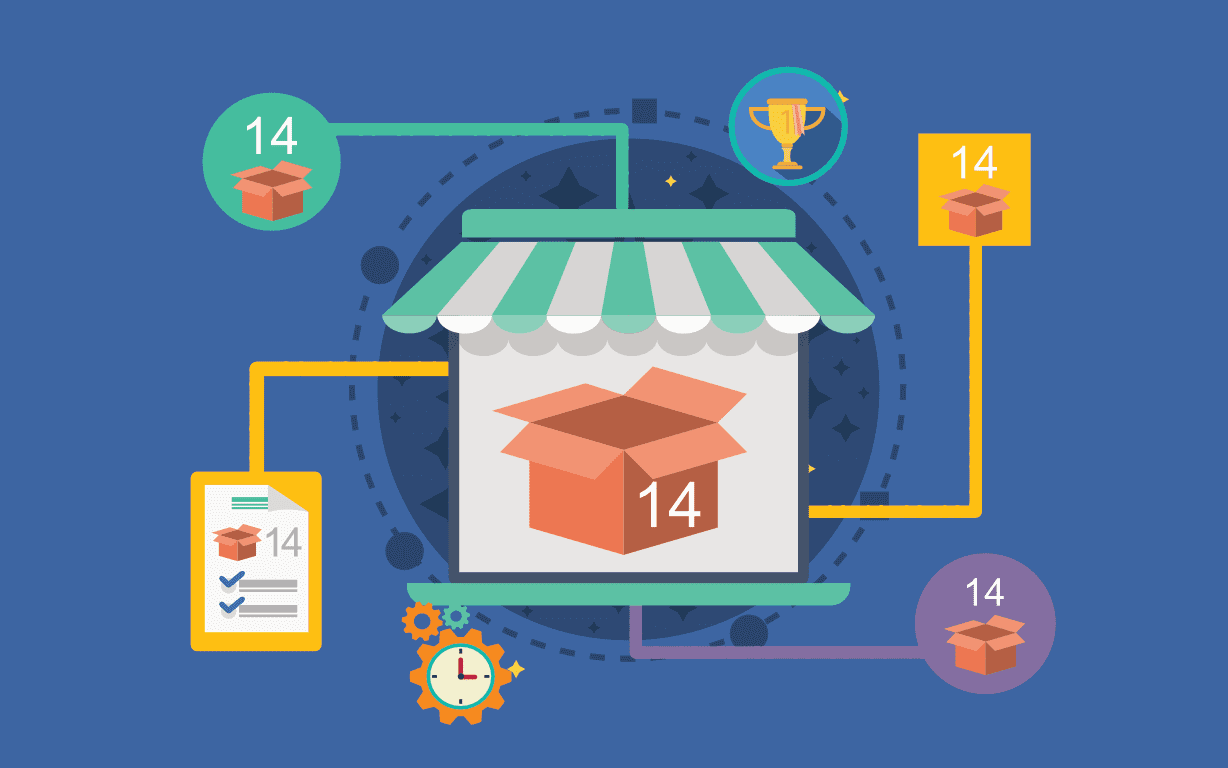
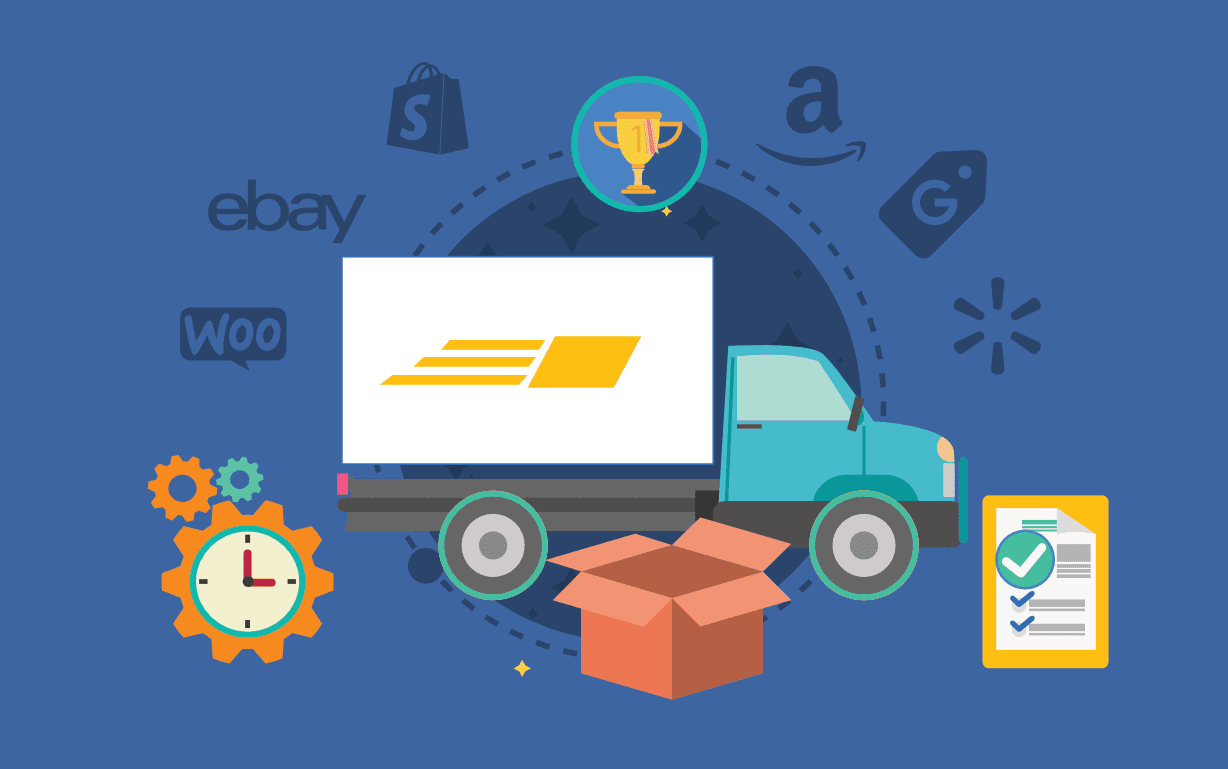
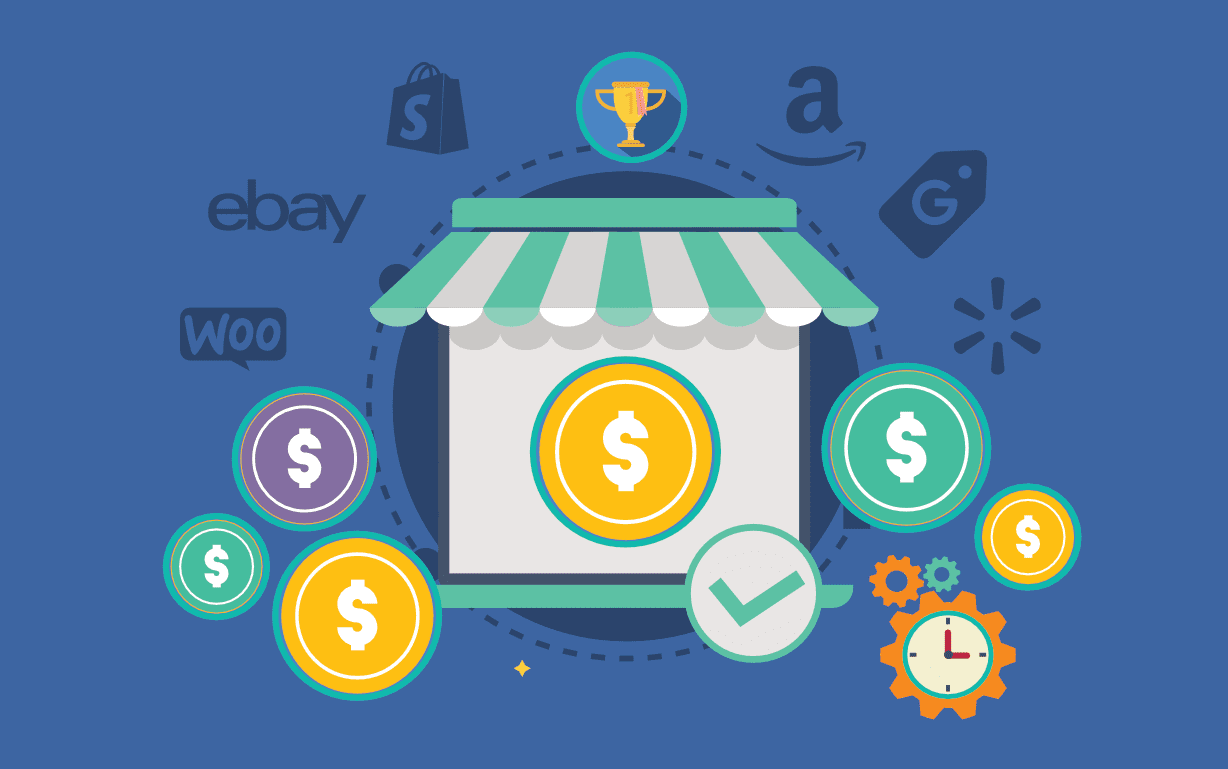
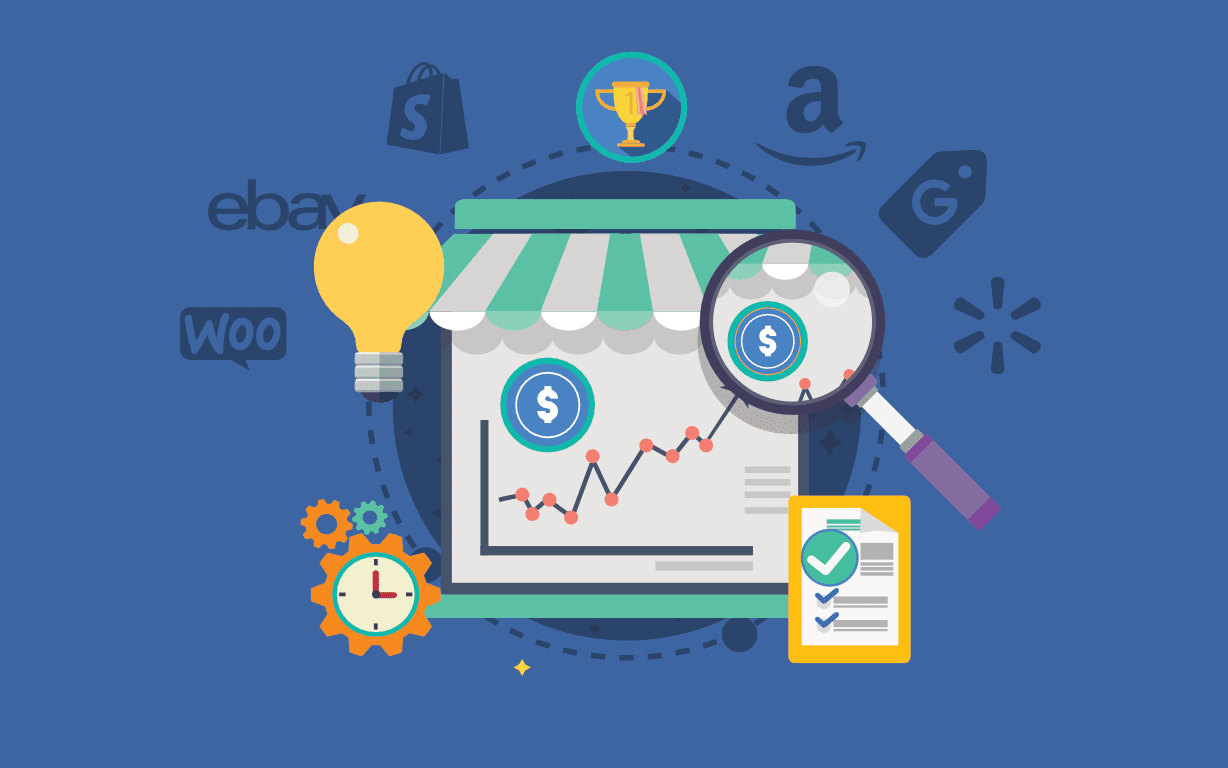
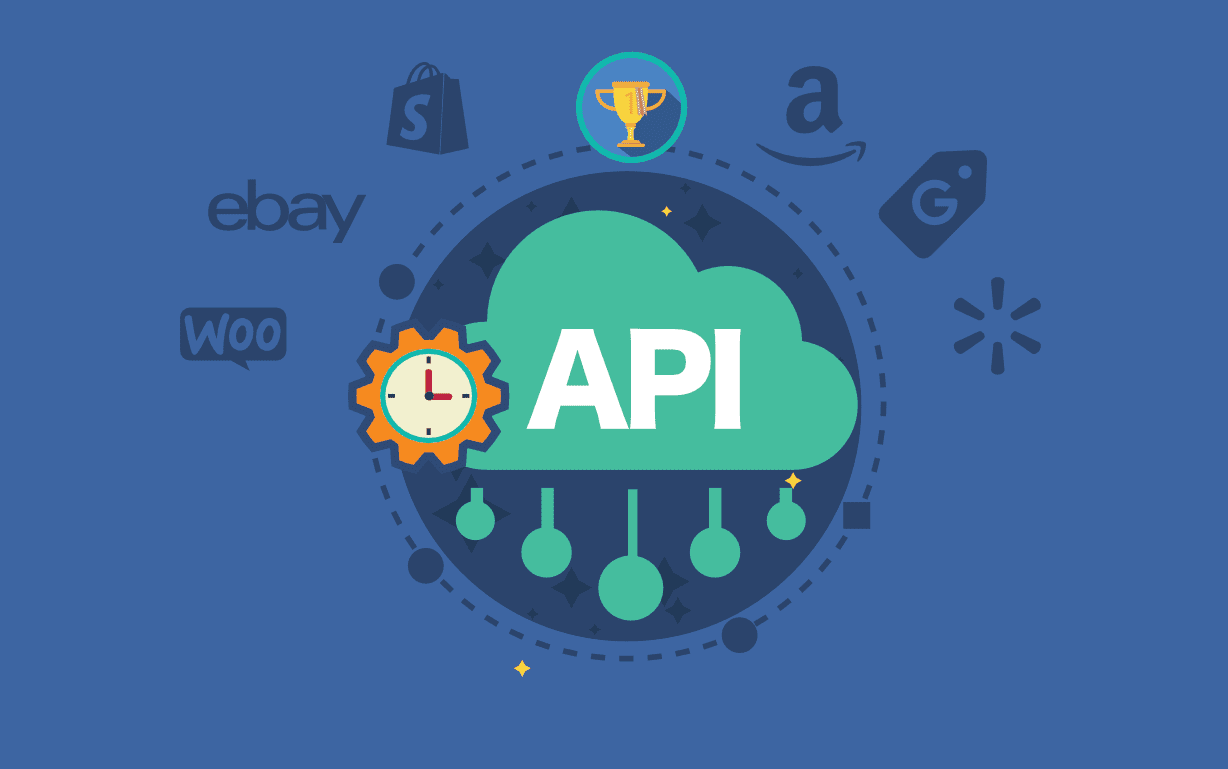



![Best Rated E-Commerce Automation Platforms and Tools [Updated]](https://sellerchamp.com/wp-content/uploads/2025/06/image4-1-600x315.png)




